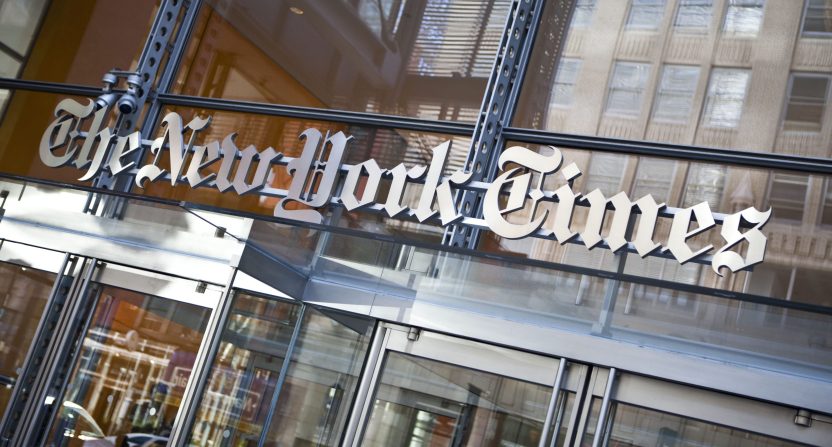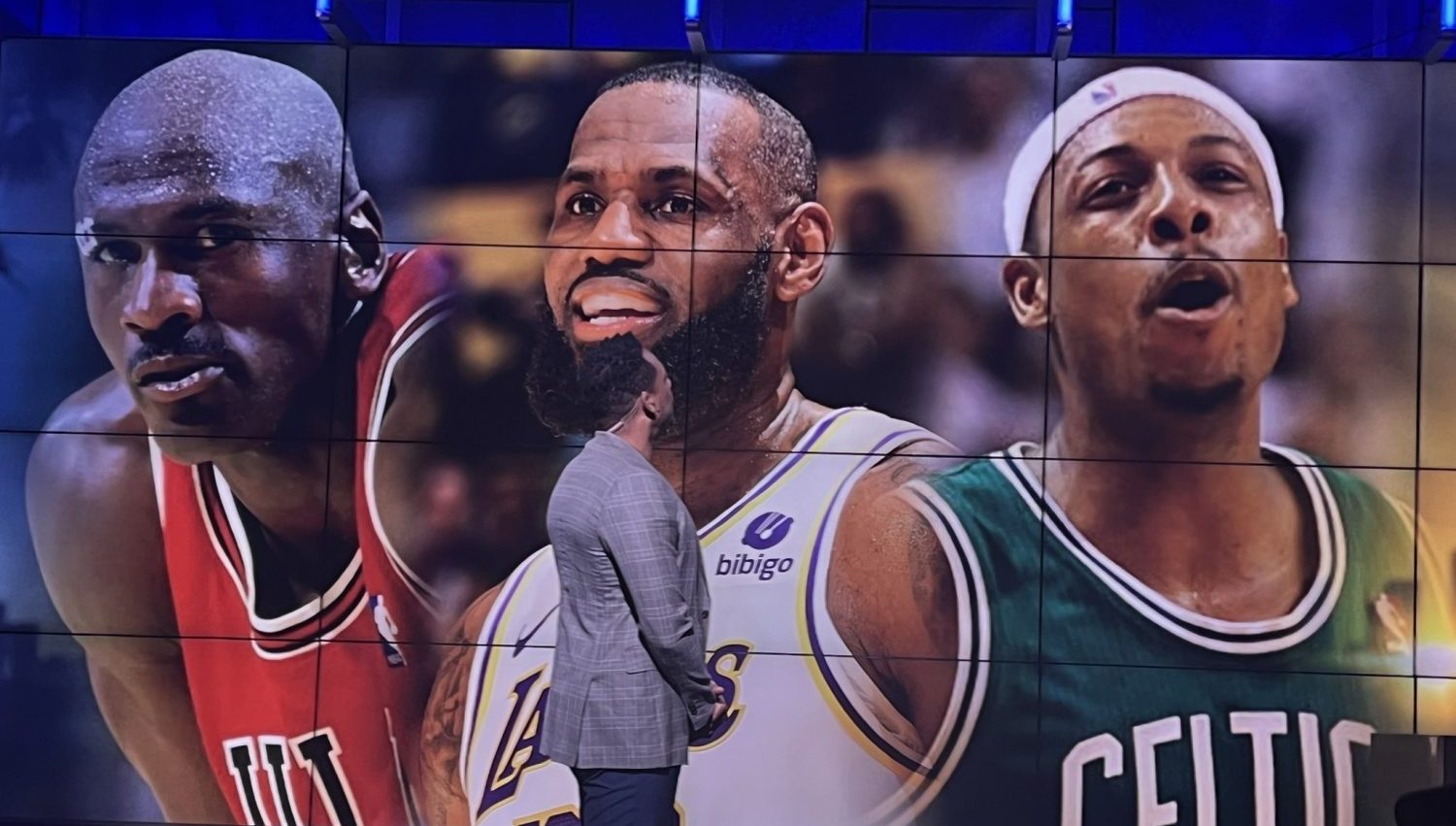Content warning: This story contains discussion of sexual abuse. If you or someone you know is a survivor of sexual abuse, contact the National Sexual Assault Hotline at 1-800-656-4673 or at https://www.rainn.org.
There are many thorny issues in reporting on shootings. One is what kind of context is appropriate to provide, and how it should be provided. The New York Times took particular fire for this on Tuesday with their coverage of the Michigan State mass shooting Monday night (which saw three students killed and five in critical condition, as of Tuesday afternoon). One of their live updates, from reporter Tiffany May, carried the headline of “The mass shooting places Michigan State back in an uncomfortable national spotlight,” and dove immediately into the Larry Nassar sexual abuse scandal. That drew strong reaction:
Get fucked NYT you goddamn clowns pic.twitter.com/5JtZp0crNF
— Isaac (@WorldofIsaac) February 14, 2023
Kyle Koster also blasted this in an article at The Big Lead:
Allow me to be blunt. This sucks. It’s mind-blowing that, in some misguided effort to wrap some sort of tidy bow around two disparate and heartbreaking tragedies affecting the same community, they’ve assessed the carnage and opted to place optics over humanity. More than that, it defies belief that a human being with functioning empathy and respect for others thinks this way. It is not normal. And it deserves to be called out as such.
This is a stark example of a global news brain clouding judgement and resulting in a flagrant disregard for the victims in each instance. Two monsters terrorized the same extended community. In the first instance, that community banded together to hold those responsible for making it worse accountable. The Nassar scandal still haunts so many who are connecting to the victims and that healing takes place in uneven steps on a level the New York Times or other publication can never hope to understand without diving in and rolling up their emotional sleeves.
Many of the criticisms of the Times‘ handling of this feel deserved. That’s especially true with this “context” being about wide-ranging sexual abuse, which, as Koster notes, “still haunts so many.” Bringing that up in an article entirely unrelated to Nassar, except for overlap in the school this happened at, feels gratuitous, unnecessary, and potentially harmful. And Nassar‘s sentencing came in December 2017; his story is not particularly recent.
Beyond that, the Times deserves criticism for the decision to make this a specific live update. That model of story typically sees different reporters filing short stories on particular aspects of a topic, which then are given specific headlines of their own and placed into the overall story feed. Bite-sized news chunks focusing on extremely specific elements around breaking news are often seen on their own rather than as part of a whole story, especially on Twitter. And the added headlines with the live update model add to the problem.
It seems unlikely that “The mass shooting places Michigan State back in an uncomfortable national spotlight” would be a headline or a subhead for an overall story on this shooting. But in live updates, that gets slid in alongside other pieces of context-more-than-news, such as “Michigan’s governor called for stricter gun laws in a January address” and “Michigan State was one of the first land grant universities.” So that leads to it receiving far greater prominence than it should.
But, as mentioned above, there’s a case that Nassar should not have been mentioned at all in any coverage of this shooting. That’s true even if he had been mentioned in a smaller sentence or two near the bottom of a traditional story. Sentences buried in a traditional story would have been less prominent and drawn less attention than the specific way the NYT chose to bring the Nassar scandal in. But they would still be subject to some of the same criticisms, especially as day-one coverage of a tragedy with no apparent connection to the Nassar saga beyond it happening at the same school, and as something seemingly providing little news value and more potential harm. It might make more sense for outlets to avoid unnecessary references like this altogether.
[The Big Lead; top photo of the NYT headquarters in 2011 from Ramin Talaie/Getty Images]





